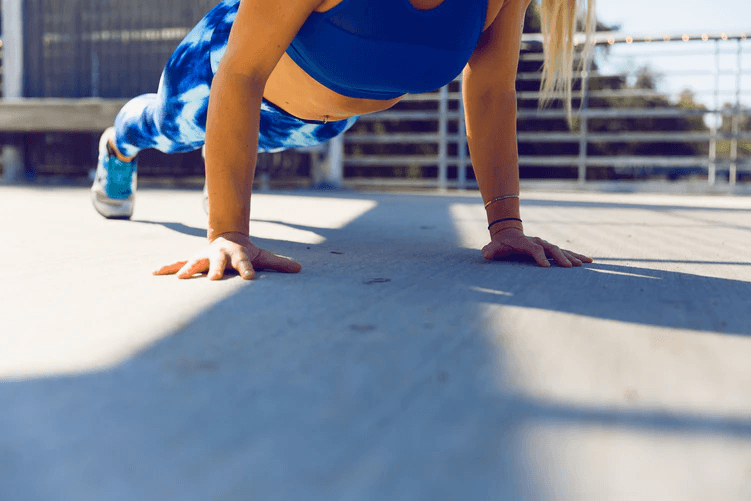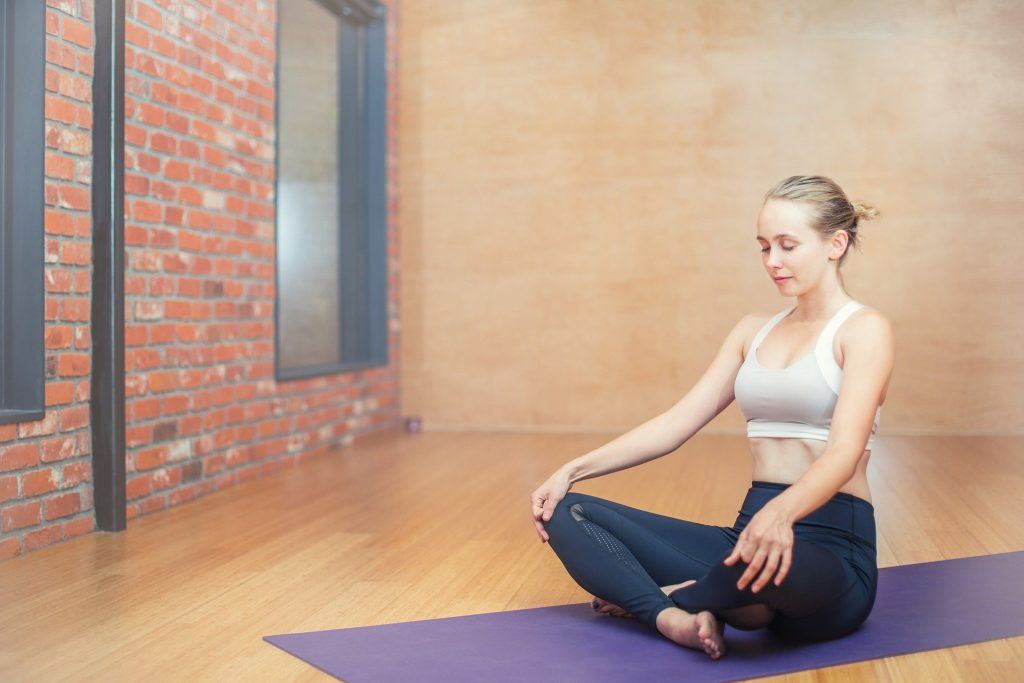Training for Hiking: Home Routines for Hikers


Get fit for the trails with these at-home training routines
The summer adventure season is quickly approaching! If you haven’t already, it’s time to start getting into shape for all those amazing trails you’ll be tackling. Proper trail fitness can help you avoid injuries while making your hike more enjoyable. You’ll be able to cover more ground and have more energy for exploring that spur trail to a great overlook at the end of the day to watch the sun set.
While going to the gym regularly and working with a personal trainer are proven ways to get in shape before your next big hike, there are circumstances when this just isn’t possible. But that doesn’t mean you can’t improve your trail fitness at home! Follow these training for hiking tips and be creative to use what you already have. A good workout doesn’t have to cost a lot of money.
Before you spend the next couple of months doing lunges until you can’t stand another minute, try these ideas to be sure you have variety and balance in your workout routine. A good training programme will help increase your strength and endurance. As well as assist conditioning specific to the needs of a hiker.
At-Home Training for Hiking to Increase Strength

Body Weight Strength Training
Here’s where the lunges come in. Lunges, squats, step-ups, step-downs, push ups, and planks are all exercises you can do that use your body weight as resistance in place of a gym machine or free weights.
Use your Backpack
When you’re ready to increase weight and resistance, wear your backpack with a few water bottles in it. Continue to increase the weight by adding gear or water bottles to the pack.
Exercises such as calf raises and step ups/downs are great to do with the added weight of your backpack.
Focus on Balance
Balancing your workout is important. Do the same number of reps on the left side and on the right side. When you work on abdominal muscles be sure to also train your back. You also want to include a balanced mix of low weight, high repetition exercises with higher weight, lower repetition exercises.
When possible, focus on working multiple muscle groups at the same time, since that’s the kind of strength that hiking requires.
Training for Hiking to Build Endurance

Build up Gradually
If you’ve gotten a little lazy over the winter months, it’s important to start slow and build up your endurance gradually. Pushing too hard too fast can result in injuries that will derail your training plan and possibly ruin your adventure season. Choose interval training that can easily be adjusted to higher or lower intensity as needed.
Cardio Training without the Gym
When you can’t go to the gym, get creative about getting your heart rate up and breaking a sweat. If you have a stationary bike, treadmill, or elliptical machine at home, put on some heart-pumping music and get to it. If not, consider riding your bike around your neighborhood (find some hills if you can) or taking a jog.
Even the staircase at home (or in a nearby park or stadium) can provide all the equipment you need. Get your pulse racing and quads fired up.
Plan a variety of experiences so you won’t get bored, and so that you get a mix of long and steady training as well as shorter bursts of intensity.
Set up an In-Home Circuit
Create a circuit of exercises that can be done in the space that you have, including mountain climbers, lunges, reverse lunges, squats, and more. Use a circuit training app to help you know when to switch activities and how much time to rest in between.
A recommended circuit would have 8-10 different exercises that you do for 50 seconds each with a 10 second rest between. Cycle through the circuit twice for a quick 15-20 minute workout. As you build endurance, increase the length of your workout.
At-Home Conditioning for Hiking

Prepare for Hiking by Hiking
The best way to train for hiking is by hiking. When this isn’t possible, pack weight in your backpack and take a walk wherever you can.
The more uneven and hilly the terrain, the better. If your only option is a treadmill, choose a variable setting with up- and downhills and moderate intensity over a longer period of time.
Use Stairs to Simulate Up and Down Climbs
Train your body for long steep climbs – both up and down – by climbing the longest staircases you can find.
In contrast to using stairs for cardio training, the goal is not to go up and down as quickly as possible to accelerate your heart rate but to climb steadily up or down for as long as possible, preferably with some weight in your backpack, to train those muscles and joints.
Don’t Forget Safety and Recovery

Plan Recovery Days
Several times a week, plan for a recovery day. Rather than a rest day, this is not a day with no activity but rather a day with low-intensity activity such as stretching, yoga, or a walk. Allowing your body to rebuild muscle tissue is an important part of getting in shape and avoiding injury.
Protect your Joints when Exercising
Pay attention to any joint pain and consult your doctor immediately if you suspect injury. Do not attempt to do too much too soon and adapt specific exercises to any known injuries or weaknesses.
Wear supporting shoes when working out and use support braces as needed.
Learn Proper Form and Mechanics
Look up specific exercises or entire routines using video streaming services online. This will help give you examples of proper form for each exercise.
Repeated movements with poor form and mechanics can at best be ineffective and at worst cause injury.
Consult your Doctor Before Beginning a New Routine
It is important to always consult your doctor before beginning a new training routine. Your doctor knows your medical history and what is safe for your specific circumstances. If you are overweight, your doctor may recommend reducing your weight before attempting certain exercises in order to protect your joints from injury.
We’re just a few weeks away from another wonderful season when it stays light late into the evening, when warm breezes and beautiful nature call us once again into the wilderness for a hiking adventure. Get your body ready to hit those hiking trails – start training at home today!
Last updated on Apr 21, 2020Have you subscribed to our Newsletter or Podcast? Listen to us on Apple Podcast and Spotify and follow us on Facebook, Instagram Twitter and YouTube.








